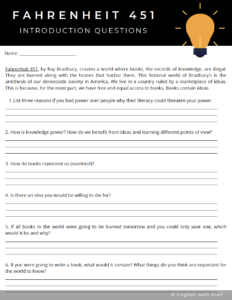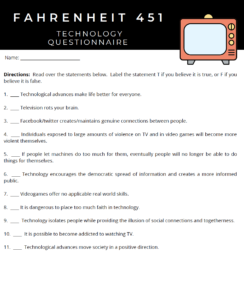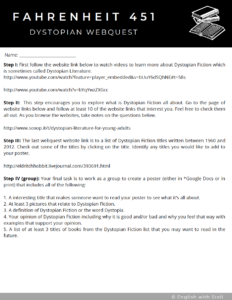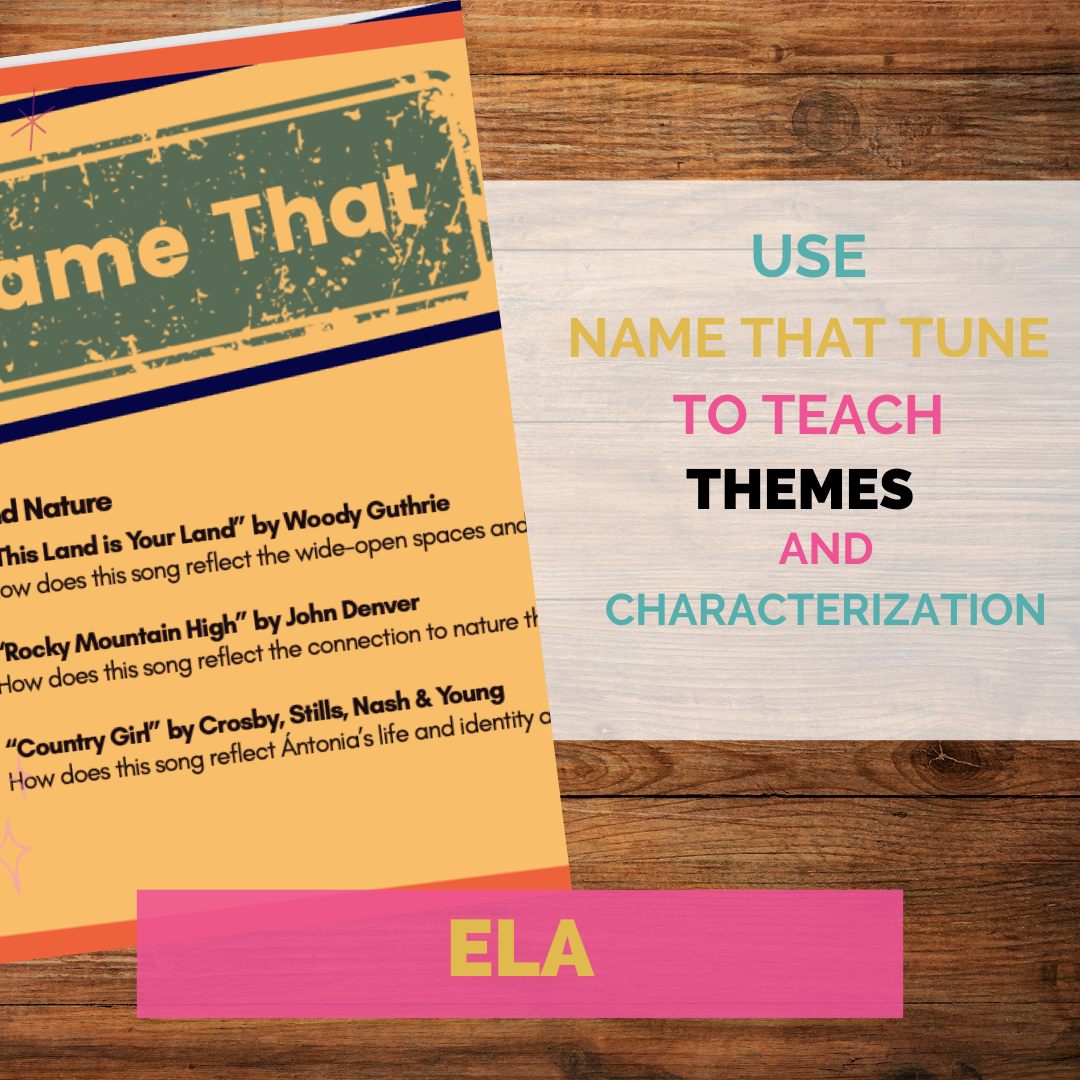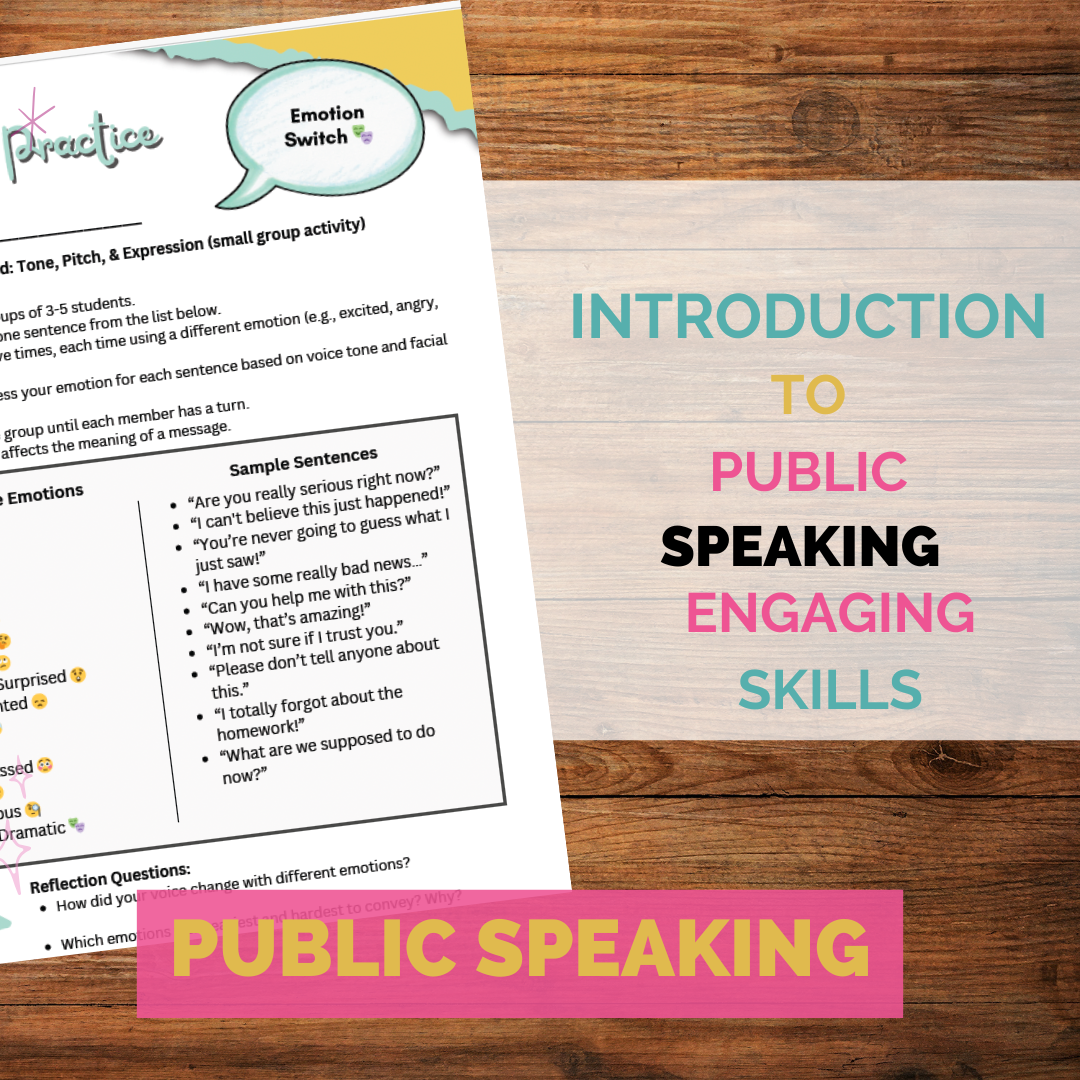Ray Bradbury’s dystopian masterpiece, “Fahrenheit 451,” has been a fixture in literature curricula for decades, and for good reason. This thought-provoking novel offers a multitude of enduring lessons and insights that make it a valuable addition to any classroom. Here’s why teachers should continue to teach “Fahrenheit 451” to their students:
Timeless Themes in Fahrenheit 451
1. Critical Examination of Censorship: “Fahrenheit 451” serves as a powerful allegory for the dangers of censorship and the suppression of ideas. In a world where books are banned and burned, students are prompted to contemplate the importance of intellectual freedom and the consequences of limiting access to diverse perspectives.
2. Relevance to Contemporary Issues: The themes of censorship, information control, and the manipulation of truth explored in the novel are more relevant than ever in our digital age. Teaching “Fahrenheit 451” encourages students to consider the implications of the information age and the responsibility of navigating a sea of information.
3. Exploration of Individuality: The novel’s protagonist, Guy Montag, undergoes a transformation from conformity to individuality. His journey encourages students to reflect on their own values, beliefs, and the importance of independent thought.
4. Ethical Reflection: “Fahrenheit 451” encourages students to consider the ethical dimensions of their choices and actions. It prompts them to question the consequences of blindly following societal norms.
5. Encouraging Personal Empowerment: Ultimately, “Fahrenheit 451” underscores the importance of individual agency and the potential for personal change. It inspires students to be proactive in preserving their rights, values, and the freedom to think critically.
Fahrenheit 451 Develops Key Literary Skills
1. Promoting a Love of Reading: The novel’s portrayal of a society that shuns books underscores the value of reading as a source of knowledge, empathy, and personal growth. It can inspire students to develop a lifelong love of reading and appreciate the role of literature in shaping society.
2. Critical Thinking and Discussion: “Fahrenheit 451” invites critical analysis and stimulates classroom discussions about the power of literature, the role of government, and the consequences of conformity. These discussions foster critical thinking skills and encourage students to explore complex ethical dilemmas.
3. Ethical Reflection: “Fahrenheit 451” encourages students to consider the ethical dimensions of their choices and actions. It prompts them to question the consequences of blindly following societal norms.
4. Cross-Curricular Connections: The themes and issues raised in the novel can be integrated into discussions across various subjects, such as history, ethics, media literacy, and technology, making it a versatile teaching tool.
Creative Ideas for Teaching Fahrenheit 451 by Ray Bradbury
Fahrenheit 451 is a timeless novel that explores themes of censorship, the power of knowledge, and the consequences of a disconnected society. Teaching this novel offers rich opportunities for creativity and engagement. Below are some innovative ideas to make the text come alive for your students and spark meaningful discussions.
1. Create a Censorship Debate
Host a classroom debate on censorship, a central theme in the novel. Divide students into groups to argue for or against the banning of books and other forms of expression.
How to Implement:
- Provide students with real-world examples of banned books or controversial media.
- Assign each group a position (pro or con) and encourage them to use evidence from the text to support their arguments.
- Conclude with a reflective discussion on the impact of censorship in both the novel and modern society.
2. Build a “Banned Books” Display
Create a visual display of banned or challenged books in your classroom or school library. Highlight the reasons why these books were banned and encourage students to explore the consequences of censorship.
How to Implement:
- Research and curate a list of banned books.
- Include excerpts or summaries to show the content deemed controversial.
- Use this activity to connect Fahrenheit 451 to real-world instances of censorship.
3. Host a “Burning Bright” Gallery Walk
Design an interactive gallery walk focused on the novel’s symbols and themes, such as fire, the phoenix, and the mechanical hound. Students can move through stations that provide thought-provoking questions, images, and artifacts related to the novel.
How to Implement:
- At each station, include prompts that encourage students to analyze how these symbols contribute to the story’s deeper meaning.
- Allow students to create artwork, posters, or digital presentations to represent the symbols.
- Conclude with a discussion on how Bradbury uses symbolism to convey his warnings about society.
4. Engage in a Technology-Free Day
Challenge your students to experience a day without technology, echoing the novel’s critique of technological distraction. Use this activity to deepen their understanding of how disconnected societies can lead to a lack of critical thinking.
How to Implement:
- Ask students to log their experiences and reflections during their tech-free day.
- Discuss how technology affects their relationships, focus, and access to information.
- Compare their reflections to the society depicted in Fahrenheit 451.
5. Rewrite History Through Propaganda
Ask students to create a piece of propaganda for the dystopian society in Fahrenheit 451. This project can help them understand how censorship and manipulation are used to control populations.
How to Implement:
- Provide examples of historical and contemporary propaganda for inspiration.
- Encourage students to design posters, videos, or digital ads promoting the banning of books or celebrating technology over human connection.
- Host a class discussion on how propaganda reinforces the themes of the novel.
6. Write a “Book of Memories”
Ask students to write about a book that has had a profound impact on their lives. The assignment mirrors the role of the “book people” in the novel, who memorize books to preserve their knowledge.
How to Implement:
- Have students reflect on why their chosen book is meaningful and how it has shaped their perspective.
- Share excerpts in small groups or as a class to highlight the personal significance of literature.
- Discuss the power of storytelling and its role in preserving culture and knowledge.
7. Analyze Modern-Day Parallels
Explore connections between the world of Fahrenheit 451 and current issues, such as fake news, social media addiction, and the decline of reading culture.
How to Implement:
- Assign students to research current trends that mirror the novel’s warnings about technology and censorship.
- Host small group discussions or presentations where students compare these trends to the novel’s themes.
- Encourage critical thinking by asking: Are we heading toward the world Bradbury envisioned? Why or why not?
8. Create a Soundtrack for the Novel
Ask students to curate a playlist that represents the mood, characters, or themes of the novel. This creative exercise helps students engage with the text on a deeper, emotional level.
How to Implement:
- Have students explain why each song relates to specific scenes, characters, or themes.
- Allow students to share their playlists and reasoning in small groups or as a class.
- Use the playlists to discuss how music can evoke emotions and enhance storytelling.
9. Conduct a “What If” Writing Exercise
Encourage students to imagine alternative futures based on choices made in the novel. For example, what if Montag hadn’t questioned society? What if books had never been banned?
How to Implement:
- Assign students to write short stories or essays exploring these alternate scenarios.
- Discuss how small actions, like Montag’s awakening, can create significant ripple effects in society.
- Highlight the importance of individual agency in combating oppression.
10. Host a “Fire and Ashes” Poetry Slam
Invite students to write and perform original poems inspired by Fahrenheit 451. They can explore themes of destruction, rebirth, or resistance.
How to Implement:
- Encourage students to use imagery and metaphors from the novel, such as fire or the phoenix.
- Host an open-mic event where students perform their work.
- Celebrate creativity and use the activity to discuss the emotional power of literature.
Final Thoughts
1. Literary Excellence: Ray Bradbury’s vivid prose and imaginative storytelling make “Fahrenheit 451” a literary masterpiece. Studying the novel exposes students to well-crafted language and narrative techniques, enhancing their appreciation for literature as an art form.
2. Historical Context: The novel was written during a period of heightened concerns about censorship and conformity in the United States. Exploring the historical context in which it was written provides students with insights into the social and political climate of the time.
“Fahrenheit 451” by Ray Bradbury remains a relevant and essential work of literature for classroom instruction. Its exploration of censorship, individuality, and the power of literature engages students in meaningful discussions and fosters critical thinking skills that are invaluable in today’s complex world. This enduring classic continues to empower students to champion intellectual freedom and the value of independent thought.

